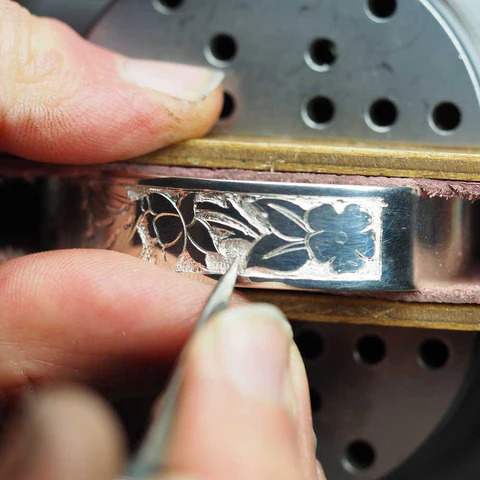Lipa City is known for its rich tradition of jewelry-making, with artisans using time-honored techniques to create exquisite pieces that blend history with modern elegance. Unlike mass-produced jewelry, Lipa’s handcrafted pieces are a testament to skill, patience, and cultural pride. But what makes these traditional techniques special, and how are local craftsmen keeping this heritage alive? Let’s explore the timeless methods behind Lipa’s jewelry artistry.

Filigree is one of the most intricate and distinctive jewelry techniques practiced by Lipa artisans. This delicate process involves twisting and soldering fine gold or silver wires to create lace-like patterns. Each piece is carefully handcrafted, showcasing the patience and precision of Filipino goldsmiths.
💡 How It’s Preserved: Younger artisans are trained by master craftsmen, ensuring that this intricate skill is passed down through generations. Modern jewelers also incorporate filigree into contemporary designs to keep the tradition relevant.
Hand engraving adds a unique, personal touch to jewelry. Using specialized tools, artisans carve intricate patterns, initials, or meaningful symbols onto rings, bracelets, and pendants. Unlike machine engraving, hand engraving requires steady hands and years of experience.
💡 How It’s Preserved: Many Lipa jewelry workshops offer customization services, keeping the demand for hand-engraved pieces alive. Some craftsmen also integrate traditional Filipino motifs into their engravings, celebrating local culture.
Lost-wax casting is an ancient technique still widely used by Lipa’s jewelers. This method involves sculpting a wax model of the jewelry piece, encasing it in a mold, and then melting the wax to leave a hollow space. Molten gold or silver is then poured in, creating a detailed replica of the original wax design.
💡 How It’s Preserved: While some artisans now use 3D modeling for design accuracy, many still rely on the traditional lost-wax method for its unique handmade quality.
Granulation is a technique where tiny gold or silver beads are carefully arranged and fused onto a jewelry surface to create intricate patterns. This method has been used for centuries and requires great control over temperature and placement.
💡 How It’s Preserved: Some Lipa artisans incorporate granulation into modern jewelry pieces, blending traditional craftsmanship with contemporary aesthetics.
Lipa’s goldsmiths shape, solder, and polish each jewelry piece by hand, ensuring precision and durability. This skill requires years of apprenticeship and experience.
💡 How It’s Preserved: Goldsmithing remains at the core of Lipa’s jewelry-making industry, with artisans continuously refining their skills and teaching younger generations.
Local craftsmen are dedicated to preserving traditional techniques while adapting to modern trends. Many workshops in Lipa now offer training programs for young artisans, ensuring that the legacy of fine jewelry-making continues. Additionally, collaborations with contemporary designers help bring traditional techniques into modern fashion.
Traditional Lipa jewelry techniques are more than just methods—they are a testament to Filipino artistry and heritage. By supporting local artisans and choosing handcrafted pieces, we help keep these time-honored techniques alive for future generations. Whether it’s a delicate filigree pendant, an intricately engraved ring, or a timeless gold piece, Lipa’s traditional jewelry remains a symbol of craftsmanship and cultural pride.
You’re now part of our newsletter from the heart of Lipa 💌